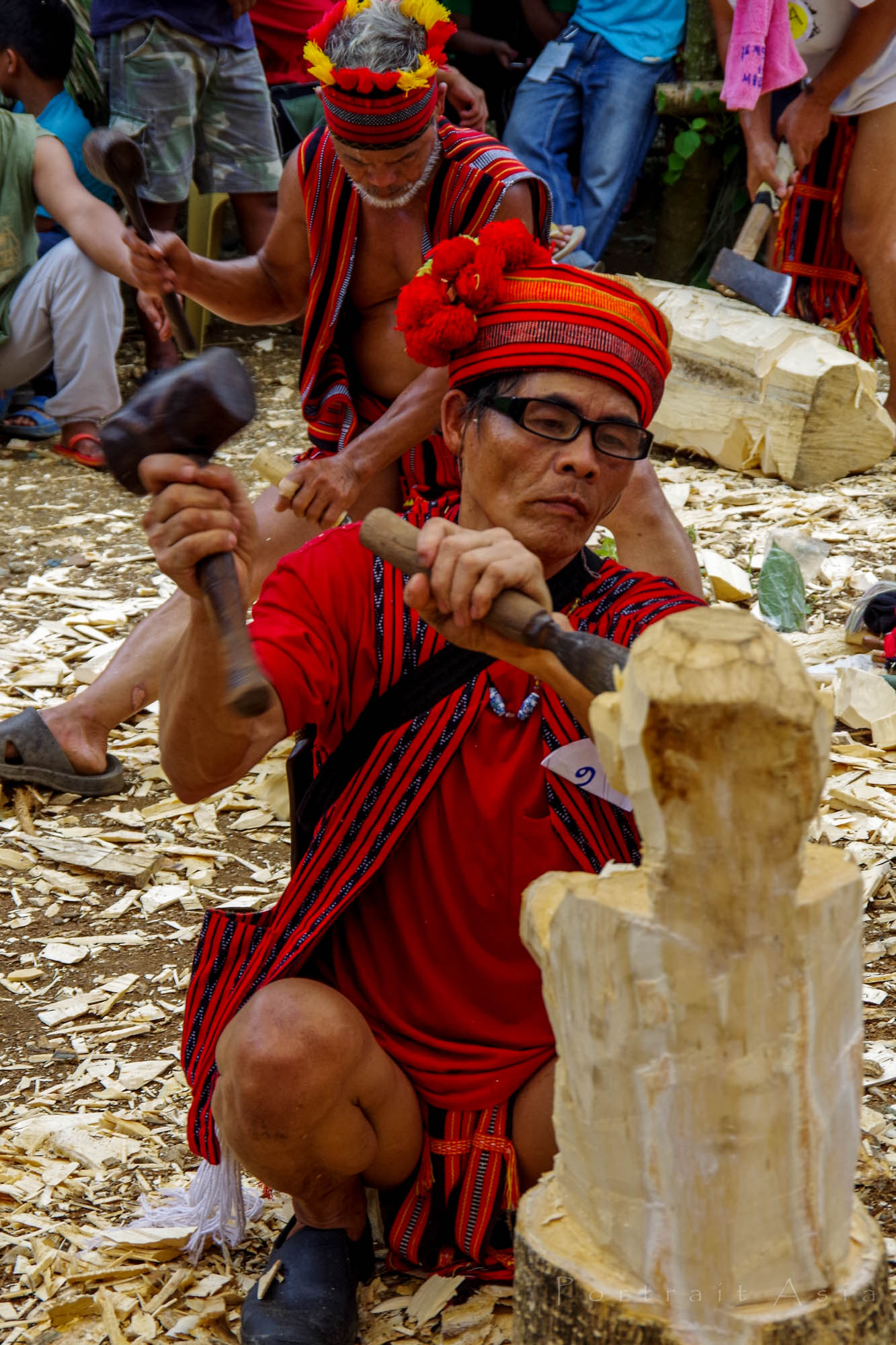The story of the famous tourist destination—the Asin Woodcarvers’ Village in Northern Philippines—began with a single wooden spoon.
After World War II, the mass migration of Ifugao people to Baguio began, as the city underwent rehabilitation. Skilled workers such as carpenters, masons, and riprap experts were in high demand, and the Ifugaos were known for their craftsmanship.
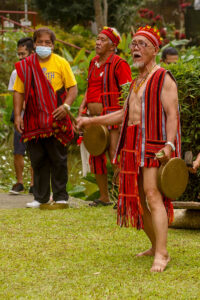
An elder in Asin, Pedro Buyagao, tells the story of Hagay, a woodcarver from Hungduan, who was among the first to arrive in 1945 to look for work. He and his companions established a campsite in Asin, where they were provided cooking utensils—but no spoons. Being a skilled craftsman, Hagay carved spoons out of wood for their daily use.
At that time, Baguio was bustling with Americans. Some adventurous visitors would go down to swim in the Asin River, and on one of these trips, they passed by Hagay’s campsite. They noticed his handmade wooden spoons and asked to buy them. At first, Hagay refused—after all, those were the only spoons they had—but realizing he could always make more, he agreed. To his surprise, the Americans came back later, this time with friends, and placed larger orders—by the hundreds.
Unable to fulfill the demand alone, Hagay went to Baguio to seek help from fellow woodcarvers from Hungduan, who were then working on the rehabilitation of Burnham Park and other construction projects. They soon joined him in Asin, producing more spoons. With the permission of the landowner, Tomas Dulyuna, they expanded the campsite to accommodate the growing number of artisans.
As more Americans visited, they began ordering spoons with decorative handles—sometimes featuring male and female faces. From these simple designs, new creations emerged. Later, Americans brought images of human figures they wanted replicated in wood. Hagay again called for his compatriots skilled in detailed carving. Gradually, many woodcarvers settled in Asin, bought their own land, and brought their families.
Pedro Buyagao himself arrived in 1956, at age 14, when the craft had already flourished, and began his lifelong career as a woodcarver.
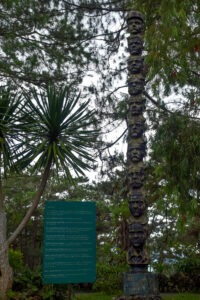
Through the years, the Asin artisans produced more complex works—Native American figures, portraits of celebrities, and even military officers. One remarkable piece, a totem pole of heads of popular figures during the American Regime, carved by Ernesto Dul-ang, still stands today at Camp John Hay Air Station.
Despite the evolution of designs, the iconic wooden spoon and fork souvenirs continue to be made and displayed in many Filipino homes—often without people realizing that these decorations trace their roots to the humble beginnings of Asin’s creative village.
Do you have one of these wooden spoon decorations in your home? Share your design in the comments below! – Carl Taawan
 The Kankana-ey Calendar: A Timeless Symphony of Nature and Culture
The Kankana-ey Calendar: A Timeless Symphony of Nature and Culture 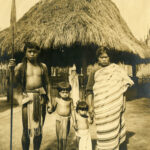 Igorots: The so-called savages of the Cordilleras
Igorots: The so-called savages of the Cordilleras 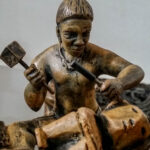 Od-odio, the Narra Tree Song
Od-odio, the Narra Tree Song 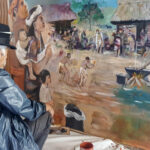 Baguio Creatives finding ways to rise above Pandemic
Baguio Creatives finding ways to rise above Pandemic  Baguio City Creative Christmas Trees
Baguio City Creative Christmas Trees 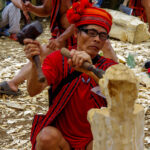 How a wooden spoon started a creative village
How a wooden spoon started a creative village  The Sagada Way
The Sagada Way  The Mountain Trail Thrill
The Mountain Trail Thrill  Baguio stages first Creative Festival
Baguio stages first Creative Festival 